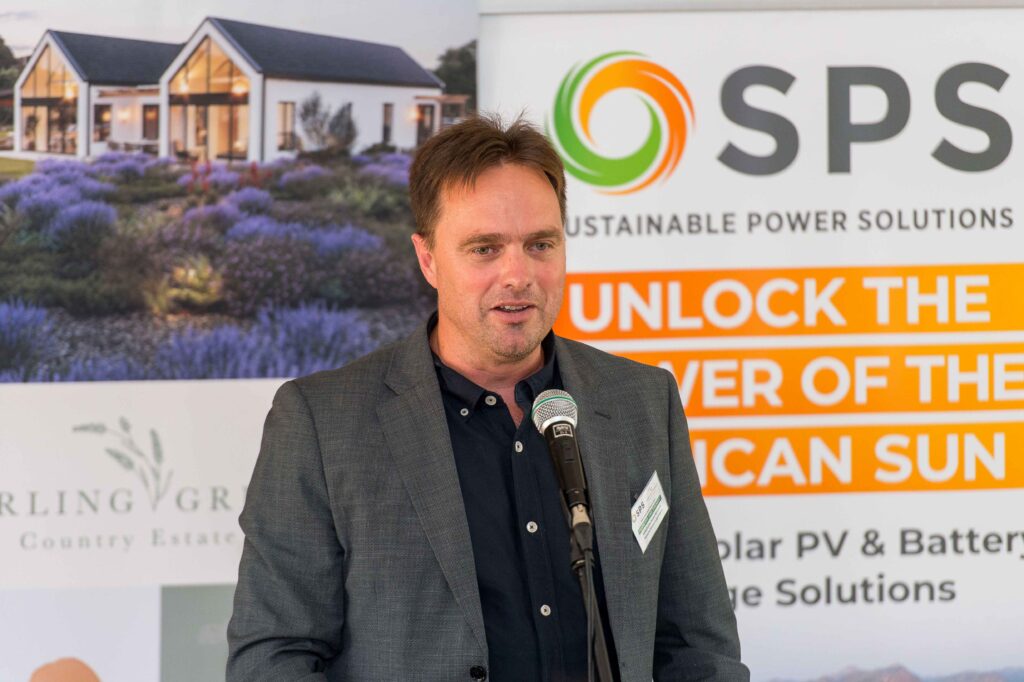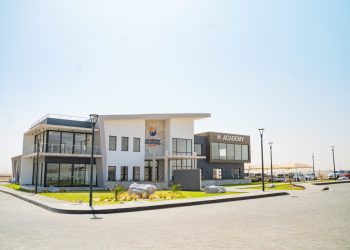
Sustainable Power Solutions (SPS) has invested about N$300 million in renewable energy projects in Namibia, with a combined installed capacity of around 25 megawatts.
The company’s largest project is the 10 MW solar plant at B2Gold’s Otjikoto mine near Otjiwarongo, commissioned in February 2028.
Co-founder Francois Van Themaat said SPS has also developed solar projects at Okatope, NCF and Tandi near Oshakati, while holding majority ownership in the Karibib solar plant, which supplies power to the NamPower grid.
Smaller rooftop installations also form part of its portfolio.
“Our overall investment is in the region of 25 megawatts. When we started, it was more expensive, so the total is around N$300 million,” Van Themaat told Namibia Mining & Energy.
The NCF and Tandi plants each provide 5 MW to the national grid and are located next to one another in the Oshitoko Region.
The B2Gold plant, developed and funded by SPS, has a capacity of 10.8 MWp and will generate about 26,360 MWh of renewable energy annually.
According to SPS, the facility will offset 26,360 tonnes of CO₂ emissions every year, supporting B2Gold’s strategy to cut greenhouse gas emissions by 30% by 2030.
SPS’s Karibib solar plant, a 5.2 MWp facility commissioned in March 2018, also forms part of the company’s portfolio.
“The facility operates on a single-axis tracking system and supplies energy into NamPower’s substation under the national REFIT programme,” Van Themaat said.
On Namibia’s regulatory framework, Van Themaat said the Electricity Control Board (ECB) and NamPower had been open and approachable.
“The transition from a single energy producer to an open market is challenging, but it’s clear that the will is there and progress is being made,” he said.
He added that Namibia’s dependence on imported power from South Africa and Zambia is gradually being replaced by domestic renewable energy projects.
“With Namibia’s strong solar and wind resources, the country’s energy will become increasingly efficient and self-sufficient. I see a very bright future for Namibia’s energy landscape,” Van Themaat said.







